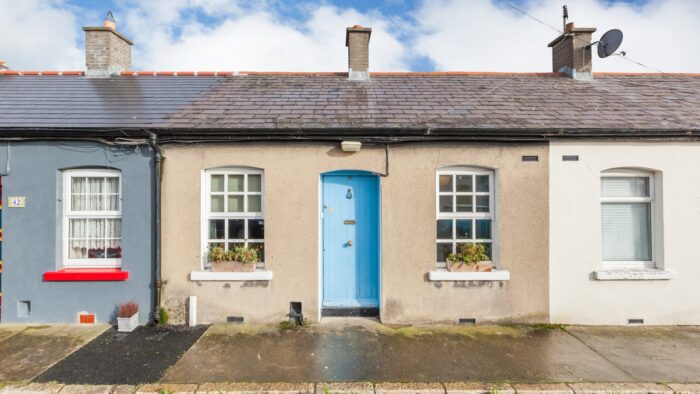Maximising Rental Income: Strategies for Landlords in Dublin 7 & 8
The current rental market in Dublin is facing significant challenges. A severe lack of available properties has led many to describe the market as dysfunctional.
This shortage has caused frustration among both tenants and landlords, with rent caps playing a significant role in exacerbating the situation.
Rather than stabilising rental prices, these caps have led to a reduction in available properties as landlords exit the market, which ironically drives up rents instead of keeping them in check.
Understanding the Landlord’s Perspective
From a landlord’s point of view, the goal is to achieve the highest possible rent in the current market conditions. While some may perceive this as greed, it’s often driven by fear – the fear that the market will outpace the 2% per annum rent cap, leaving their property under-rented.
Unlike rent, there are no caps on interest rates or inflation, which directly impact the profitability of their investments. Therefore, landlords are motivated to secure the best possible returns when renting out a property.
The Appeal of Dublin 7 & 8 for Renters
Dublin 7 and 8 are unique areas in the city, known for their proximity to the City Centre, cultural appeal, and excellent transport links. Separated by the Phoenix Park and bisected by the River Liffey, these areas are well-connected and within the Canal Ring. They are home to a large number of apartment blocks built in the 1990s and 2000s, as well as smaller houses that are ideal for renting. The LUAS red line and access to major motorways like the M3, M4, and M7 make these areas highly desirable for those who want to experience city life in a bohemian setting.

Strategies for Maximising Rental Income
For landlords in Dublin 7 and 8, the large tenant pool offers a significant advantage. However, the challenge lies in achieving the best possible rent while securing stable and reliable tenants. Here are some strategies to help you maximise your rental income:
- Leverage Exemptions from Rent Caps
If your property is exempt from the rent caps, now is the time to carry out any improvements. However, be aware that the exemption requirements are stringent, and investments in expensive bathrooms, kitchens, and flooring may not qualify. - Focus on High-Quality Finishes
While the presentation of a rental property is important, renters are increasingly looking for high-quality finishes rather than just attractive soft furnishings. Investing in new kitchens, bathrooms, and flooring can positively affect rent and be set against your tax liability. - Prioritise Durability in Furnishings
When furnishing your property, prioritise durability over aesthetics. Tenants will appreciate this, and it ensures the longevity of your investment. Soft furnishings and kitchen utensils are not necessary and can complicate inventories. - Seek Stable Tenants Over Maximum Rent
High rents are important, but not at all costs. Stable tenants should be prioritised, even at a slightly lower rent. The objective should be to reduce risk, and well-chosen tenants will help ensure a smooth tenancy. - Address Maintenance Issues Promptly
Maintenance issues should be dealt with as soon as they arise. Small problems can quickly escalate into more costly issues if left unattended, potentially impacting rental income. - Regularly Increase Rent
Although rent increases are capped at 2% annually, it is essential to implement these increases consistently. Ensure that these increases are done in a prescribed fashion, and consider engaging a competent agent to handle this process. - Hold Out for Realistic First Rents
For a first-time rent, it is more financially effective to hold out for a higher rent, as this sets the base level for all future rents. However, this figure should be realistic, as setting an unrealistic rental level can waste time and lose momentum in finding the right tenant. - Minimise Vacancy Rates for Re-Lets
For re-lets, aim to keep vacancy rates to a minimum. Start searching for a new tenant a month before the current tenant is due to leave, rather than waiting for them to vacate the property.
Final Thoughts
In the competitive and challenging rental market of Dublin 7 and 8, landlords must adopt strategic approaches to maximise their rental income. By focusing on property improvements, securing stable tenants, and maintaining the property diligently, landlords can ensure they achieve the best possible returns on their investments.
If you are looking to let your property in Dublin 7 or 8 then get in touch with us today.
